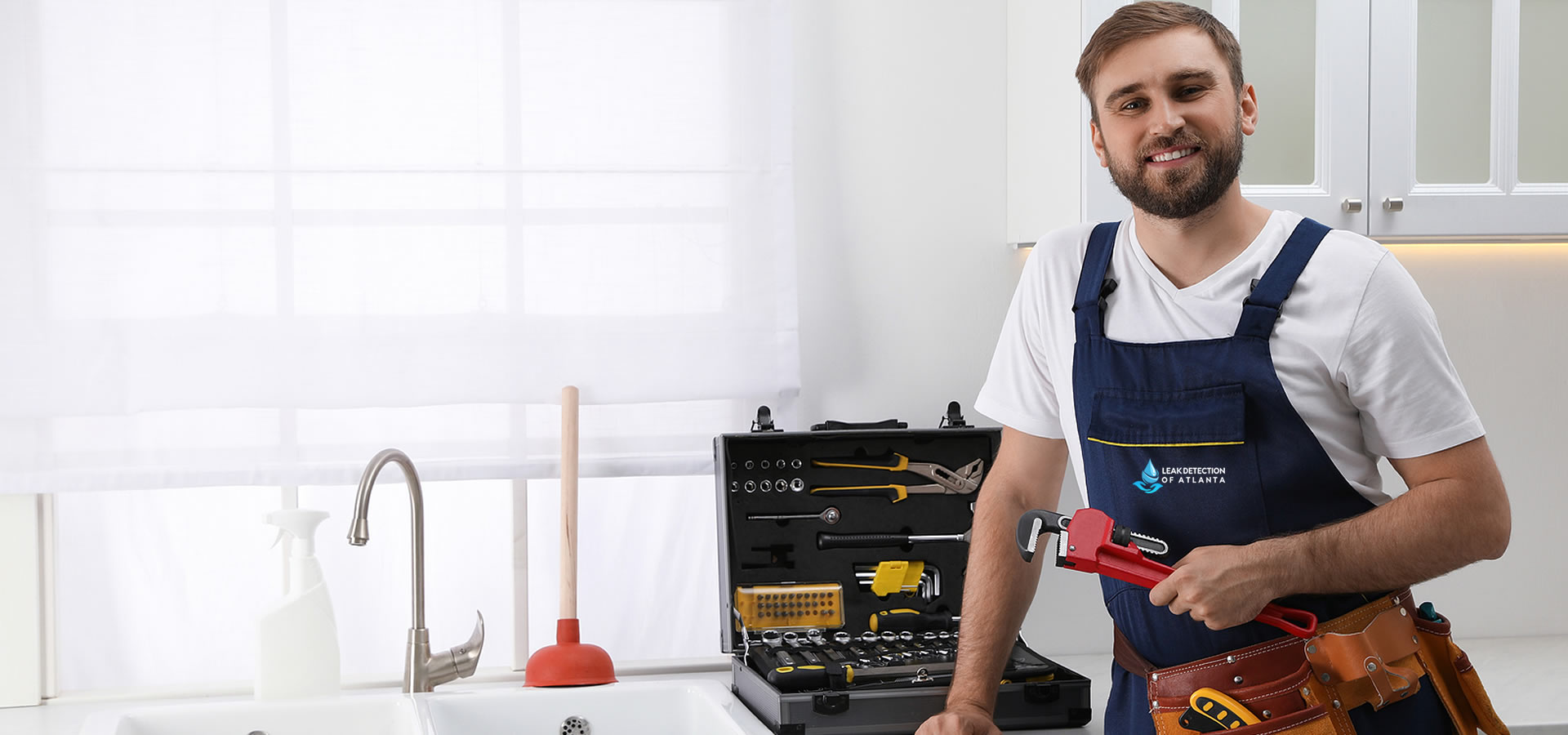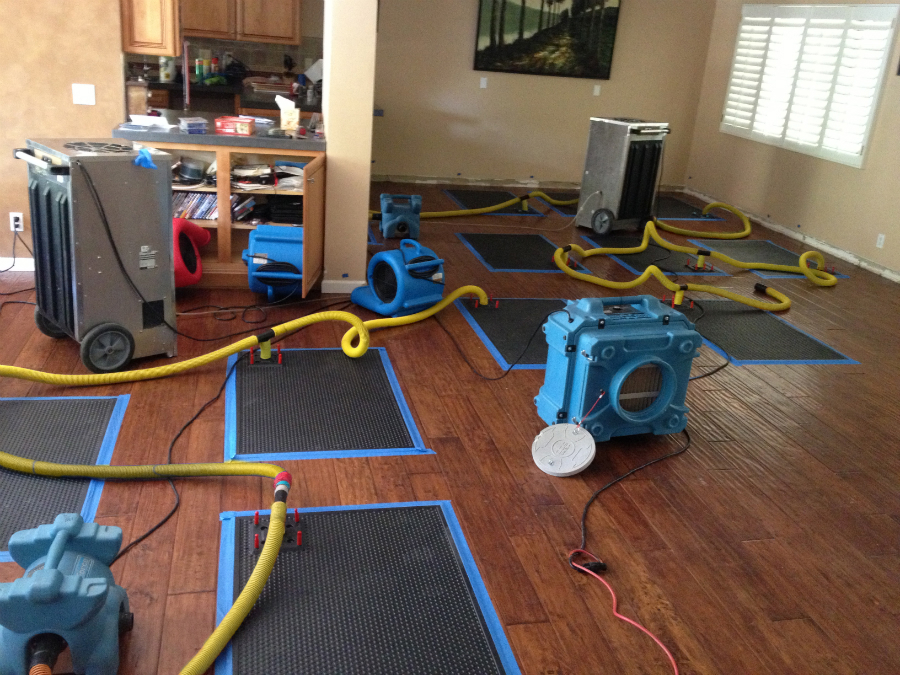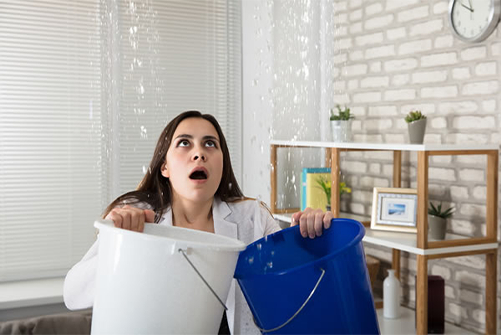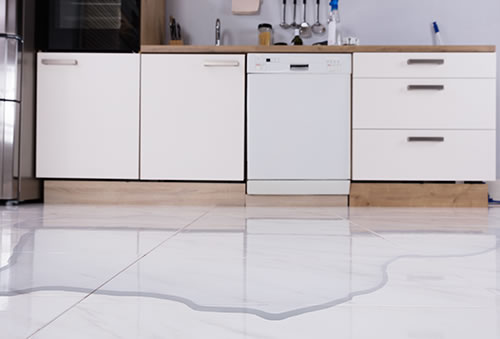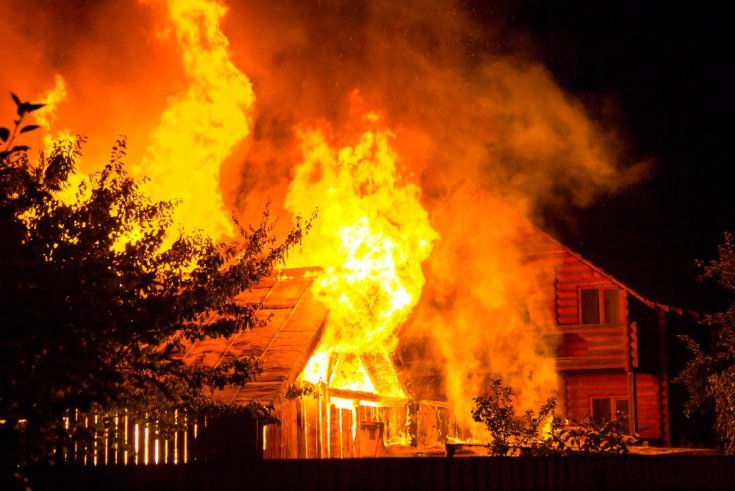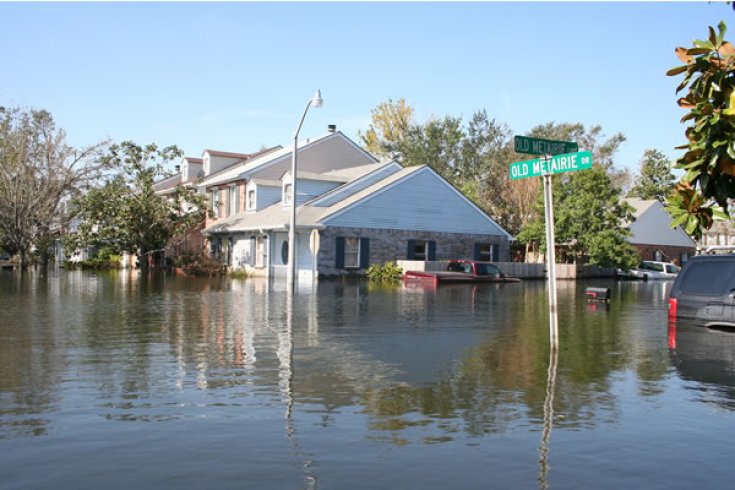Water Damage Restoration: The Drying Process
Water damage can cause structural problems, health risks, and financial hardships for your house or place of business. In order to reduce the effects of water damage, quick and efficient restoration is essential. The drying phase is an essential part of the repair process because it stops mold growth and additional damage.
In this blog post, our professionals from Leak Detection of Atlanta will explore the essential tips from experts to ensure a successful water damage restoration drying process.
Understanding the Water Damage Restoration Process
- 1. Quick Water Damage Removal: Eliminating standing water as soon as possible is the first step in minimizing water damage. Water extraction-specific pumps and vacuums can be used to accomplish this. The likelihood of secondary damages like mold development and structural problems decreases with the speed at which the standing water is removed.
- 2. Complete Water Damage Cleanup: It's important to clean and sanitize everything thoroughly after removing the water. Mold and bacteria are among the pollutants that are frequently introduced into the afflicted area by water damage. In order to guarantee a clean and secure atmosphere, professional cleaning chemicals and antimicrobial treatments are used throughout this phase.
The Drying Phase: Key Tips from Experts
- 3. Make Use of Innovative Drying Equipment: To speed up the drying process, experts stress the need of making use of innovative drying equipment. Moisture meters, air movers, and industrial-grade dehumidifiers are necessary equipment. Dehumidifiers effectively eliminate surplus moisture from the atmosphere, whereas air movers facilitate evaporation, accelerating the drying process of damp surfaces.
- 4. Monitor Moisture Levels: Throughout the drying process, it is essential to continuously monitor the levels of moisture. By measuring the moisture content of various materials, professionals may correctly analyze progress thanks to the use of moisture meters. Frequent monitoring helps avoid problems like mold growth and guarantees that the drying process is proceeding as planned.
- 5. Pay Attention to Structural Drying: A vital step in the rehabilitation of water damage is structural drying. It entails drying the building's structural elements, including the walls, ceilings, and subfloors, in addition to its apparent surfaces. Professionals use specific methods and tools to guarantee complete and efficient structural drying.
- 6. Use Controlled Demolition if Necessary: Controlled demolition can be required in situations where there has been significant water damage. This entails carefully removing harmed components to promote improved drying and stop the growth of mold. When necessary, experts can carry out controlled demolition since they possess the expertise and knowledge to assess the amount of the damage.
- 7. Take Climate into Account: The drying process is greatly influenced by climate. Experts optimize the drying atmosphere by considering variables including temperature, humidity, and airflow. A more effective and successful repair process can be ensured by modifying drying procedures according to climate conditions.
- 8. Give Document Drying Top Priority: Document drying is given top priority by experts when water damage strikes homes or offices that contain valuable papers. To save data loss and further expenses, specialized methods like freeze-drying are used to rescue and restore information.
Conclusion
The drying process for water damage restoration is a methodical and exacting process that calls for knowledge and skill. By using this professional advice, you can minimize the long-term effects of water damage on your house and assure a more effective and successful restoration. Restoring your house or place of business to its pre-damaged state requires quick thinking, cutting-edge machinery, and a deep comprehension of the drying process. Recall that time is of the utmost when dealing with water damage, and leaving the work to qualified experts can make all the difference.

